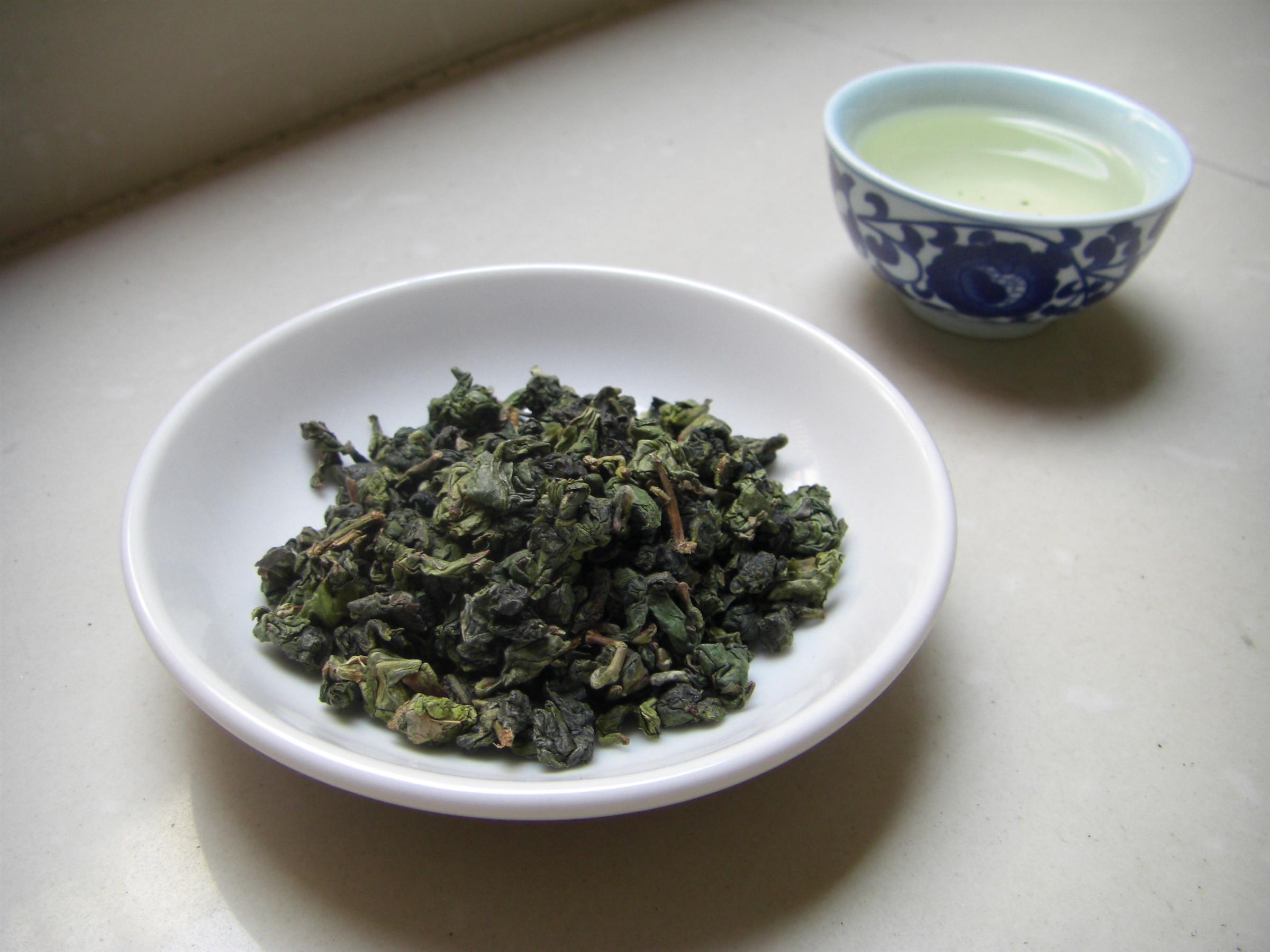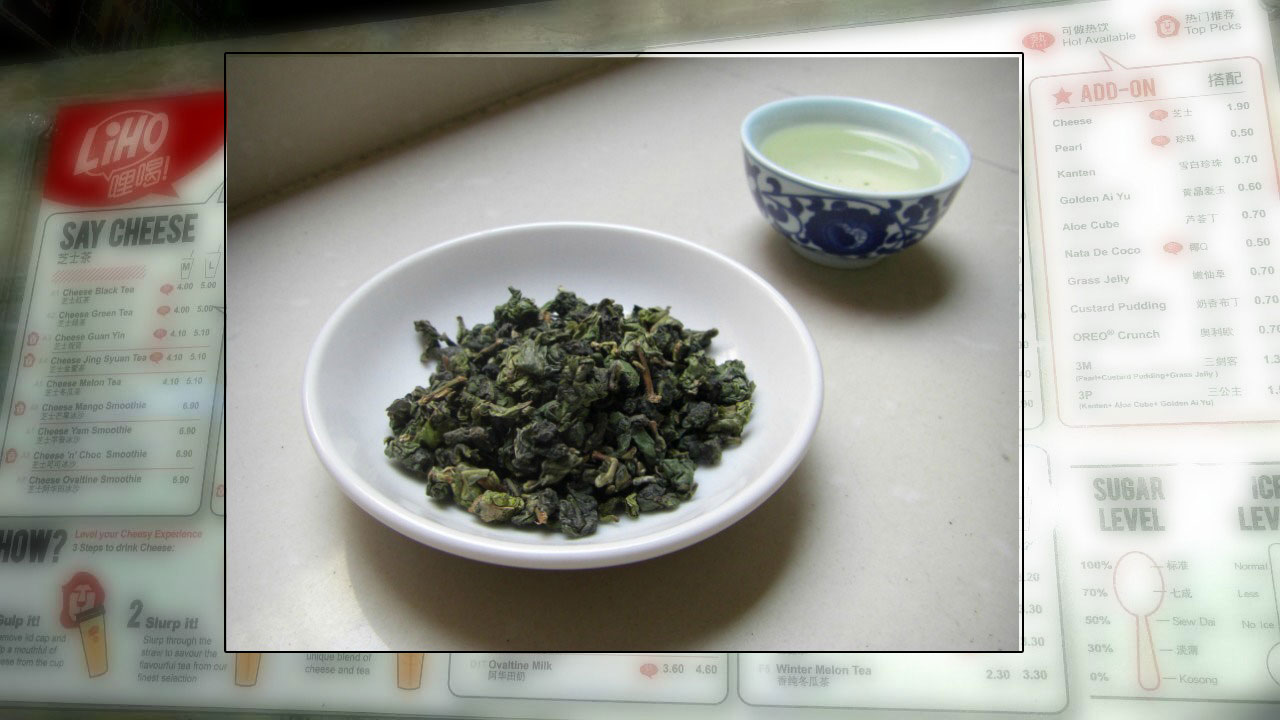While most of us are still grappling with the demise of Gong Cha which will be rebranded as LiHo, something a little bit more curious popped up.
That is the curious inclusion of drinks which has Guan Yin in their name.
For the uninitiated, Guan Yin is the Goddess of Mercy, or Guan Yin Pu Sa (Bodhisattva Guan Yin), who counts Buddhists as major adherents.
So when many saw this name popping up on the name of drinks on Liho's menu, it understandably caused confusion:
But no, it's not some fashionable sacrilegious term, nor is it advised by a Fengshui master to negate some abstract form of bad luck.
It comes from the real name of a kind of oolong tea known as Tie Guan Yin, (literally Iron Goddess of Mercy, 铁观音)

The story of Tie Guan Yin
So why was a certain kind of tea named after the goddess?
As with every myth, there are several variations to this story. Two main interpretations are that of the Wei and Wang legends.
Wei Legend
The Wei legend tells of a poor farmer from the Anxi region. He always passed by a deteriorating temple on his way to his tea field.
He wanted to do something about a temple's worsening condition, but being poor, he simply swept the temple and lit incense as an offering.
Years later, he dreamt of the goddess, who told him that a treasure exists in a cave behind a temple. (A variation of this says that he dreamt of heading there by himself.)
When he recounted the steps taken in his dream, he ultimately found tea-shoot. The farmer took it and re-planted it, and distributed cuttings of this plant to his neighbours when it grew into a large bush.
Wang legend
The Wang legend talks about a scholar in Xiping who accidentally discovered the tea plant beneath the Guan Yin rock.
The scholar then offered the tea to the Qianlong Emperor (sixth emperor of the Manchu-led Qing Dynasty) as a gift.
Impressed, the Emperor inquired about the tea. Given that it was found under a Guan Yin rock, the tea was thus named Tie Guan Yin.
One more variation of the origins of the tea leaves is chronicled in Asiapac's The Origins of Tea and Wine, which describes a farmer from the Anxi region, who offered tea daily to Guan Yin, and saw a shadow of the Goddess in a slit among the rocks.
Upon further investigation, he realised it was a silhouette of a tea plant. Cultivating the leaves, he realised it was heavier, thus giving it its original name, Zhong Ru Tie (lit. "heavy like iron")
Initially given as an offering to Guan Yin, it eventually was named Tie Guan Yin.
So now you know, you may enjoy your Cheese Guan Yin with a tidbit of information on its background.
We're not sure if it'll work as an offering to Guan Yin, though.
Top image adapted via Wikipedia Commons
If you like what you read, follow us on Facebook and Twitter to get the latest updates.
If you like what you read, follow us on Facebook, Instagram, Twitter and Telegram to get the latest updates.
